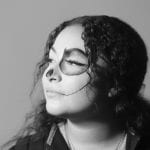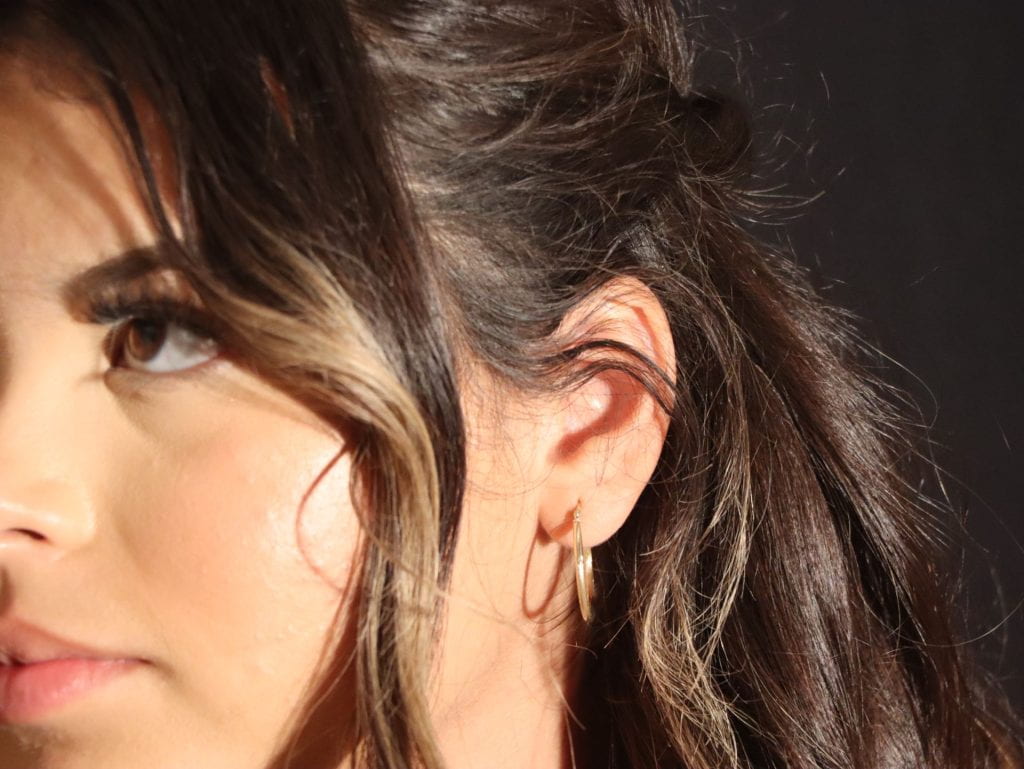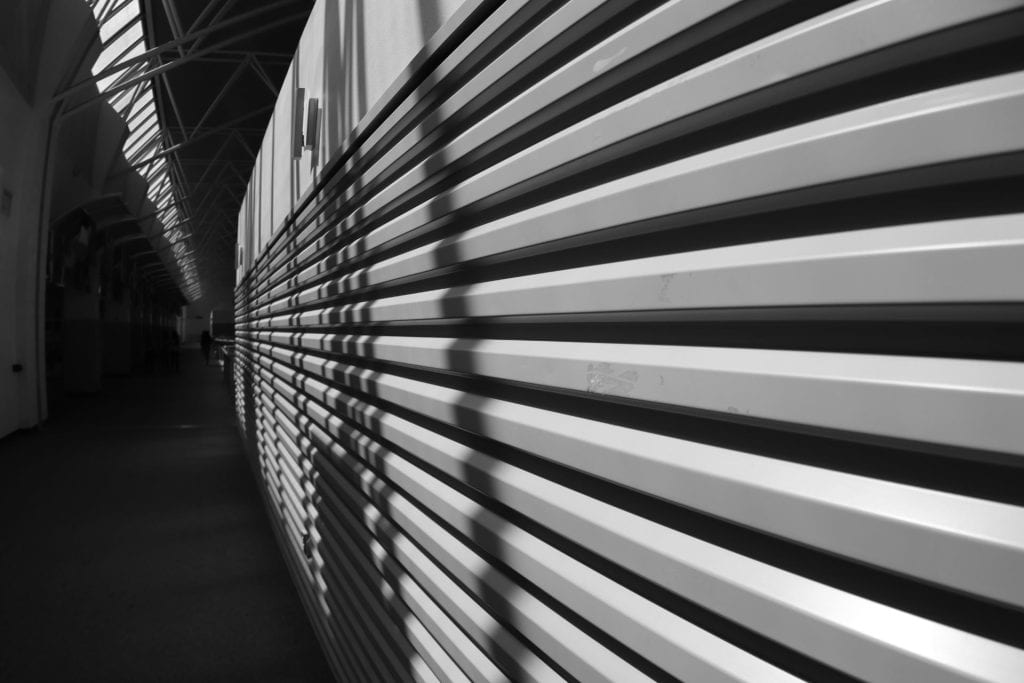Content
Masters of Photography reflection

I chose Ansel Adams for the Master of Photography. His work caught my attention it was all scenery photographs. Another thing I noticed about his photographs was that none of them were in color and they were all in black and white. Almost all of his photos looked fake and not real.
HISTORY OF PHOTOGRAPHY TIMELINE

The first one was the one that I was really interested in. The Fifth one was the one I was interested in. The Sixth one was the other one that I was really interested in.


































